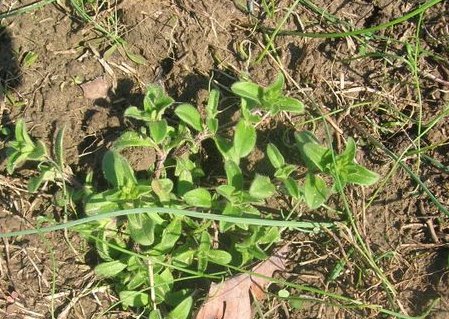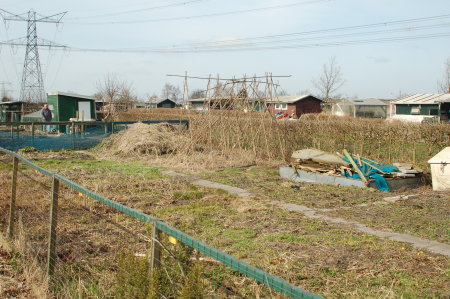Okay, from the video in my post a few days ago we now know how to plant a Victory Garden, but how about the modern version?
The Technique
Make a list of what you think would be good to grow. Don’t worry if you’re not sure, this list will change over time. It’s important to have a place to start however.
Research crop rotations. In particular, when you begin you will probably organize your crops into four groups; Roots (carrots, beets, etc), Solancae (tomatoes, potatoes, peppers, etc), Brassicas (cabbage family) and Other. There is possibly a fifth group, being perennials (plants that keep growing from one year to the next).
After researching crop rotations, go back to your list of what you want to grow and research how much space the plants need. Try to fit what you want to grow in each of their four (or five) groups, and plan roughly equal space for them in your garden according to a rotation schedule. This step can be very time consuming and frustrating, just try to do the best you can, and instead of being perfect commit yourself to improving it over time. Be sure to incorporate something that fixes nitrogen into your rotation plan.
Get the seeds. If you know of plant diseases in your area, look for resistant varieties. At the same time, if you don’t have a particular disease, getting a resistant variety won’t help and will limit your choices. Get to know your diseases and pests, and plan for them specifically. While there’s no reason you can’t grow commercial seeds, be sure to pick some OP/heirloom varieties so you can save seeds as discussed below. Be sure to check out the Bloggers Seed Network!
Make a garden layout plan. This too will probably change over time, so make the plan in a way changes can easily be incorporated. Also make a plan for when things get started, indoor or outdoors, and when they should be transplanted. Don’t forget to harden off your plants.
If possible, do a soil test. If this is not possible or desirable, inventory the weeds of the area, and see if they indicate problems with your soil. Make a plan for dealing with any problems you discover. If chemical fertilizer has been used recently, you will have special problems connected with this.
Be sure to make your own compost with your garden and other waste. Also look for locally obtained materials to use for mulch.
Collect your own rain water. Water can be diverted from the roof of most structures into a barrel. Home made systems can be made with recycled materials for almost no cost. Purchased systems are also widely available.
Organize your garden into beds. These can be raised or not, with or without a border. The important thing to consider here is you should be able to easily reach all parts of the bed without having to step in them. This usually means they should not be wider than about 4-5 ft (1,5m), with access from both sides.
Don’t use chemical fertilizers, uncomposted manure or chemical pest controls. If you feel it’s necessary to use some fertilizer, try making your own like compost or green plant ‘teas’. If you want to buy a commercial product consider kelp or fish based products. Fertilizer of this nature is normally best applied directly on the leaves of the plants as needed. Remember, the taste of fish can find it’s way into your vegetables, so use sparingly and not close to harvest time.
In particular in the case of plants in the cabbage family, be sure to research common insect and plant disease problems. It’s a good idea to do this with other plants as well. Be sure to ask around to other gardeners. In the case of the cabbage family you will likely need to pick caterpillars off by hand, keep the plants covered with a net or use a product called Bt. You may need to cover your carrots to protect them from the carrot fly. If you grow potatoes you should understand what blight looks like, and be prepared to promptly remove infected plants or their foliage. There are also some blight resistant varieties becoming available.
Be sure to save seeds from your OP varieties. By saving your own seeds, you create special varieties uniquely suited for your garden’s climate.
Extra for Experts
After establishing your garden, you may want to think about planning your garden so you have fresh food available for as much of the year as possible, as well as using season extending techniques like cold frames and greenhouses.
You may also wish to try cross pollinating some of your varieties, in order to try developing new ones. This can only be done with OP varieties.
Finally be sure to check out other organic bloggers and websites for growing techniques and plant ideas:
Daughter of the Soil
Fluffius Muppetus
In the Toad’s Garden
Mas Du Diable
MustardPlaster
Observer Organic Allotment Blog
Plan Be
The Vegetable Garden
Veggie Gardening Tips
There are many others! Be sure to check out my Blogroll.
Please let me know what I’m missing here!



